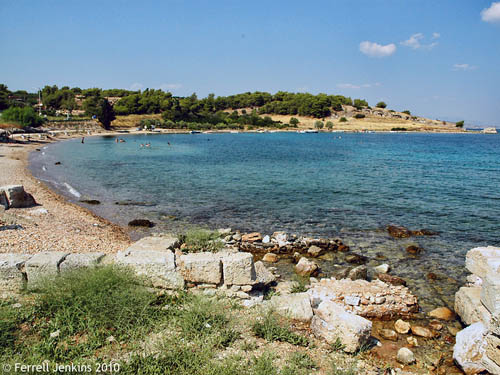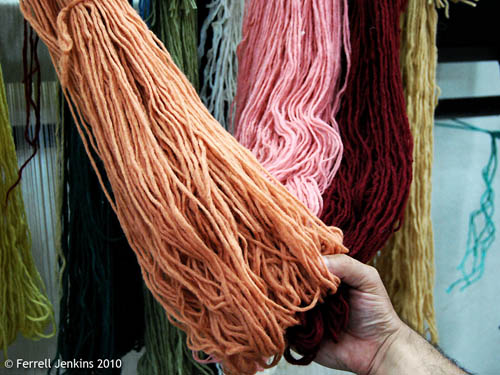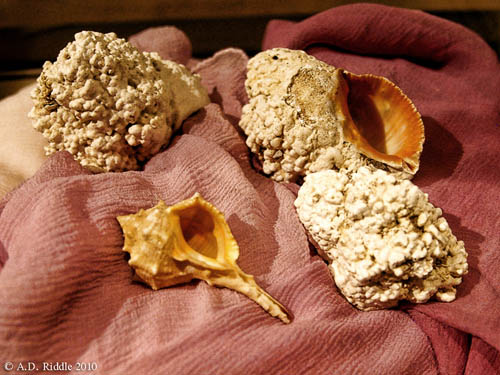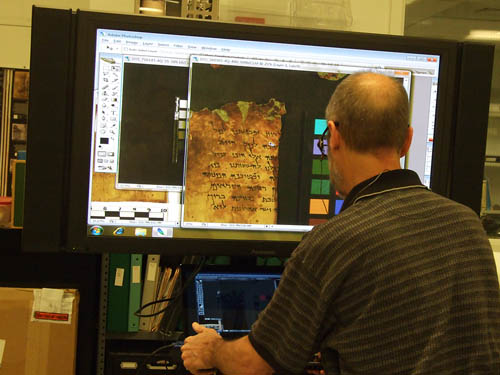From 1967 to 1975 I took a group to Lebanon each year except one. Tyre was always an important stop on the tour. Tour members were interested in understanding the prophecies of Ezekiel and the historical context associated with both the Babylonian king Nebuchadnezzar and Alexander the Great.
It was possible in the early days to find Murex shells like the two I have included in the photograph below. Click on the image for a larger photo suitable for use in teaching.

Murex shells collected at Tyre. Photo by Ferrell Jenkins.
There are different species of the Murex. A display in the British Museum mentions Purpura haemastoma, Murex trunculus, and Murex brandaris. I think the shells above are Murex trunculus. If a reader knows otherwise, please leave a comment. The Museum sign says,
The prized purple dye, for which the Phoenicians were renowned, came from a gland of the murex snail. Each snail yielded only a drop of yellow liquid which darkened to purple on exposure to light. Processing required slow simmering for almost two weeks. Up to 60,000 snails were needed for a pound of dye. Different tints were achieved by varying the amounts of extract from different species.
Patricia M. Bikai writes about the value of Royal Purple and the legend about the discovery of it.
Royal Purple had an enormous value, worth as much as 10 to 20 times its weight in gold (Born 106-11, 124-128).
According to legend, Royal Purple was discovered by Melkart (Hercules), the city-god and king of Tyre, when he and the nymph Tyros were walking along the Phoenician shore with their dog. The dog, playing with a large Murex, bit into it and it stained his mouth purple. Melkart then dyed a robe with it and gave it to Tyros. (Bikai in Martha Sharp Joukowsky, ed., The Heritage of Tyre, 68)
The citizens of the island city of Tyre remember the history of their city. On my last visit in 2002 I noticed a sign announcing the opening of the Murex cafe. I wonder if they have wifi.

Murex Cafe at Tyre, Lebanon. Photo by Ferrell Jenkins.
Purple was the royal color in ancient times. The prophet Ezekiel mentions blue and purple as symbolic of Tyre.
Your sail was made of fine embroidered linen from Egypt, and served as your banner. Your awning was of blue and purple fabric from the coasts of Elishah. (Ezekiel 27:7 CSB)
The great harlot of Revelation 17 is clothed in purple.
The woman was dressed in purple and scarlet, adorned with gold, precious stones, and pearls. She had a gold cup in her hand filled with everything vile and with the impurities of her prostitution. (Revelation 17:4 CSB)
Scroll down two or three posts to read more about Phoenicias and purple.















You must be logged in to post a comment.